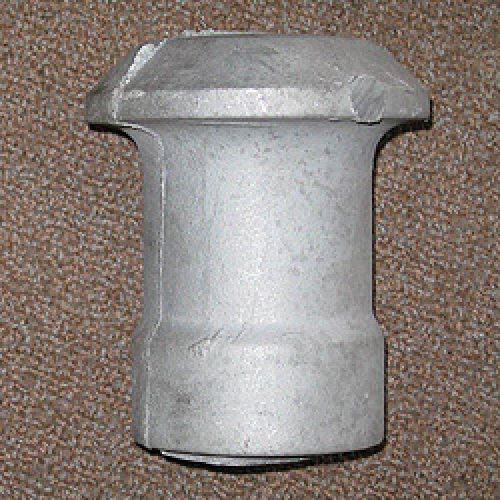Unique among high-end metal casting techniques, the rotational moulding process uses radial momentum to direct liquid metal flow. The equipment uses a moving arm to rotate the processing part on a biaxial plane, so operating pressures are kept low while the non-ferrous metal is distributed evenly across the surface of a component that exhibits low-to-medium detail level.
The Anatomy of The Rotational Moulding Process
Large hollow parts with refined edges and contours are produced in volume by this technique. The molten metal is poured, centrifugal force is applied, and multi-axial movement spreads the alloy while it’s still in its liquefied state. The substance will obviously begin to cool, but momentum is sustained. Continual motion is used to ensure the finished part doesn’t sag or deform. In setting the mechanism rotating, a relatively low speed is employed, perhaps somewhere between 300RPM and 3000RPM, with the liquid cooling properties of the metal providing the refined parameters for this required velocity.
The Advantages of Centrifugal Casting
Traditionally, this casting technique was used to produce pipes without seams. Spun in long permanent moulds by powerful motors, the finished product was judges as well-suited for the most adverse conditions, such as oil production environments. The contemporary rotational moulding process shifts things forward apace by introducing biaxial rotating armatures, the mechanical equipment that supports large box-like castings. Twin-axis rotation opens up the technique to a three-dimensional workspace, so large metal panels with impressive amounts of detail are made possible by the force of this molten metal distributing technique. Additionally, the advent of a centrifugal mechanism makes for an economical means of shaping molten metal. No expensive pressure-induced mechanisms are required here, plus there’s no limit to the fine granular control over the final product’s wall thickness.
Illustrating Centrifugal Problems
The purity of any metal is a subject of contention, and those impurities have to be managed in some manner. Impurities in a rotating mould tend to follow the rules of physics, in that they’re compelled to move towards the center of the casting. Dense metals run outwards, towards the edges of the mould, but less dense impurities move inwards. A finely governed rotating mechanism moderates this effect, but there’s likely to be material deviation in the center of the part, so this issue requires attention.
The finished part is imbued with hollows and refined surface features. Sandblasting or further machining will finish the open-ended metal part and eliminate any centrally-locate marring.


